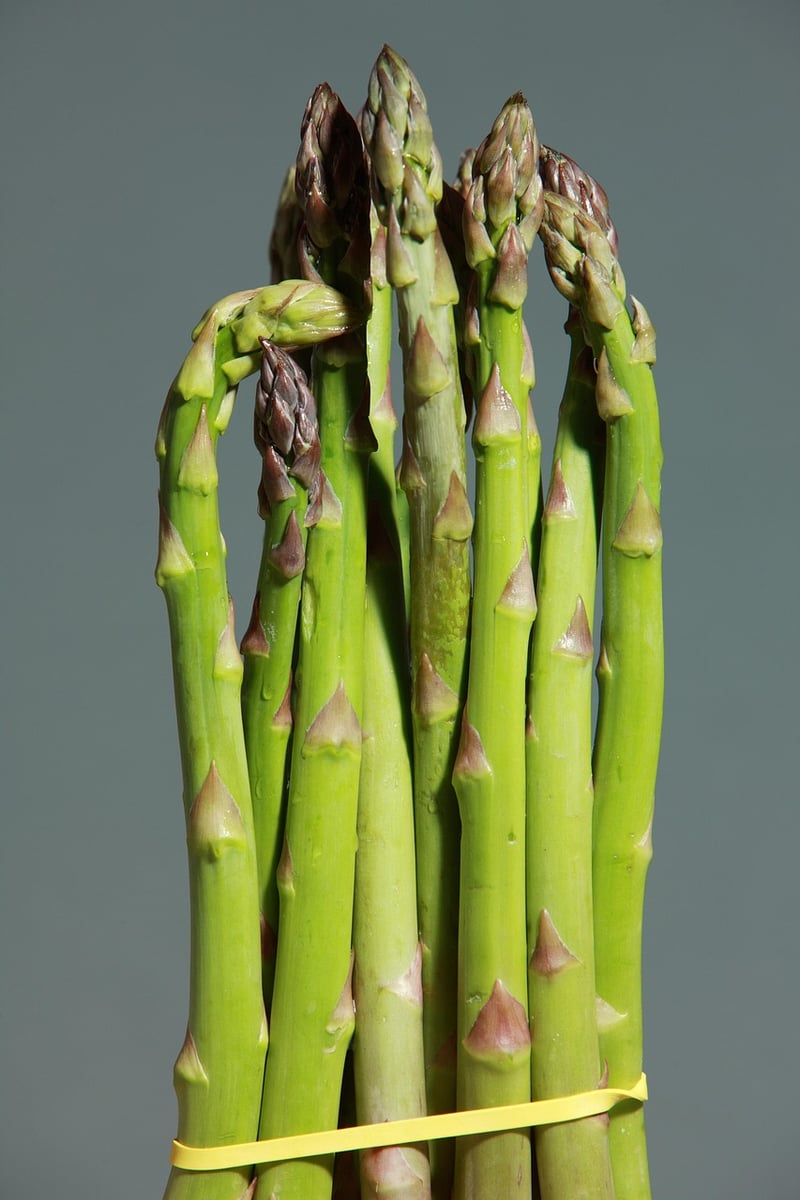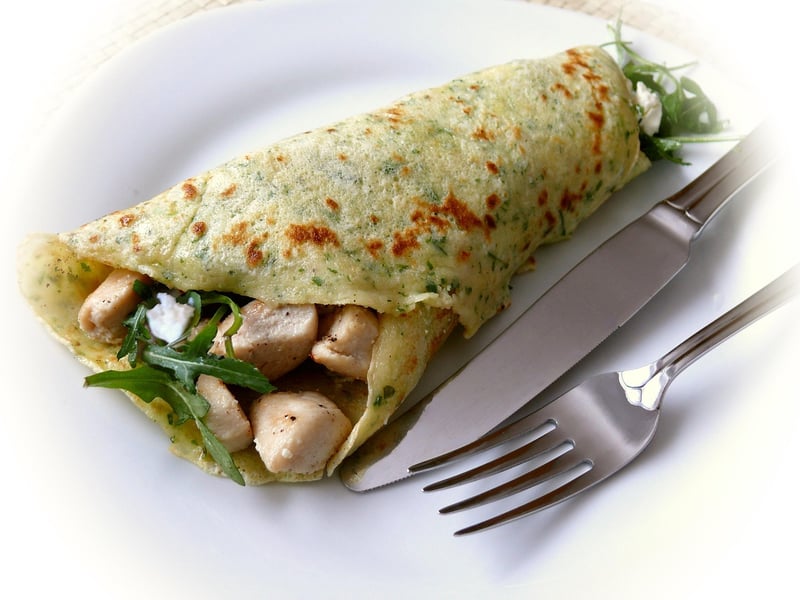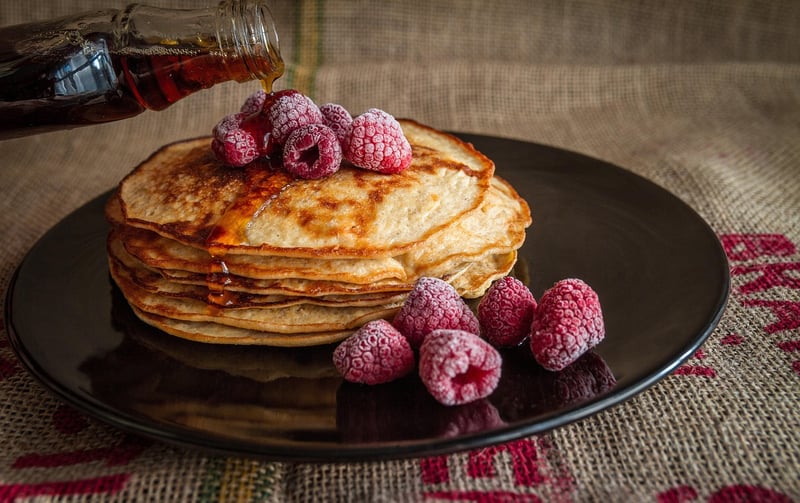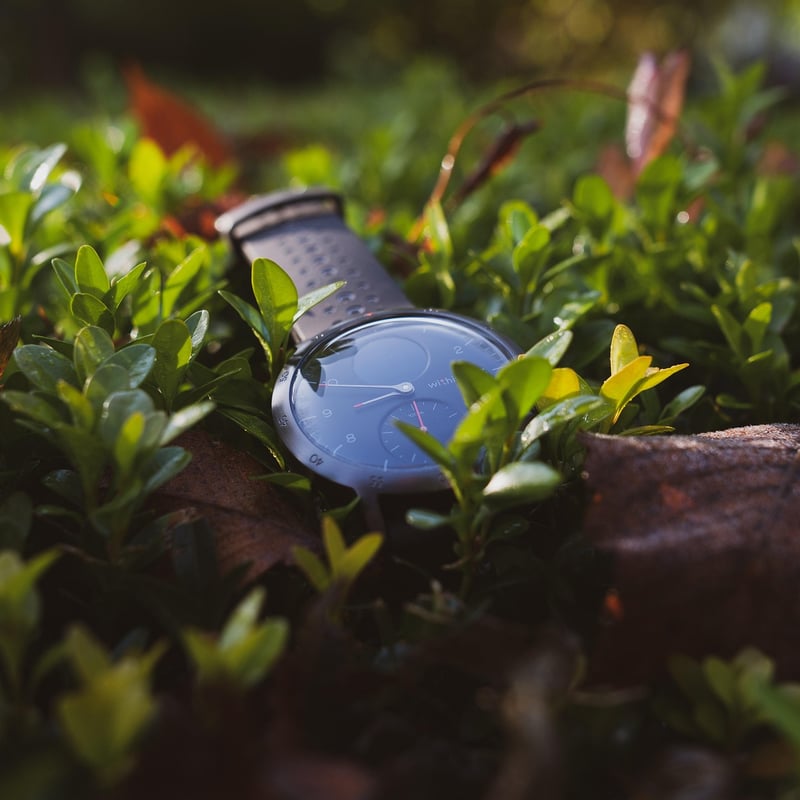Styling Tips
Capture Food in Its Best Light: Styling Tips
Food photography is an art that requires skill and creativity. To capture food in its best light, you need to pay attention to not only the food itself but also the styling and lighting. Here are some tips to help you elevate your food photography game:
1. Use Natural Light
When possible, shoot your food photos in natural light. Natural light provides a soft, flattering glow that makes food look more appetizing. Position your subject near a window or even take your photos outdoors for the best results.
2. Choose the Right Background
The background of your photo can make or break the shot. Opt for simple, unobtrusive backgrounds that complement the food rather than distract from it. Wooden boards, marble slabs, and neutral-colored tablecloths are popular choices.
3. Plate and Prop Selection
Choose plates, bowls, and props that enhance the overall look of the dish. Consider the color, shape, and texture of the props to create a visually appealing composition. Play around with different combinations until you find the perfect match.
4. Focus on Details
Highlight the details of the food to make it more enticing. Capture the steam rising from a hot dish, the texture of a flaky pastry, or the vibrant colors of fresh produce. Close-up shots can add visual interest and make the viewer crave the food.
5. Experiment with Angles
Get creative with your angles to add variety to your food photos. Try shooting from overhead, at a 45-degree angle, or from the side to showcase different aspects of the dish. Don't be afraid to experiment and see what works best for each food item.
6. Garnish and Decorate
Garnishes and decorations can take your food photos to the next level. Fresh herbs, citrus slices, edible flowers, and sauces can add color, texture, and visual interest to the dish. Just remember not to overdo it – less is often more in food styling.
7. Edit Wisely
Post-processing can enhance your food photos, but be careful not to over-edit. Adjust the brightness, contrast, and colors subtly to make the food look its best without appearing artificial. Use editing software like Adobe Lightroom or Snapseed for professional results.
By incorporating these styling tips into your food photography, you can capture food in its best light and create mouth-watering images that leave a lasting impression on your audience.



